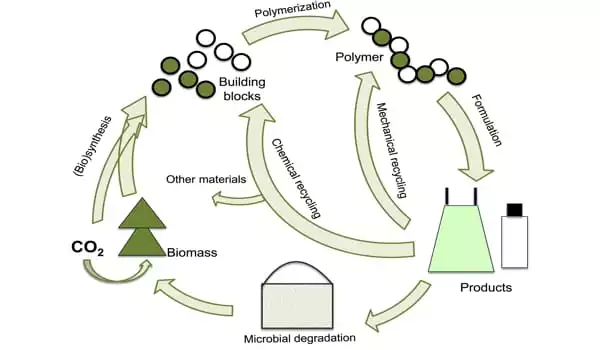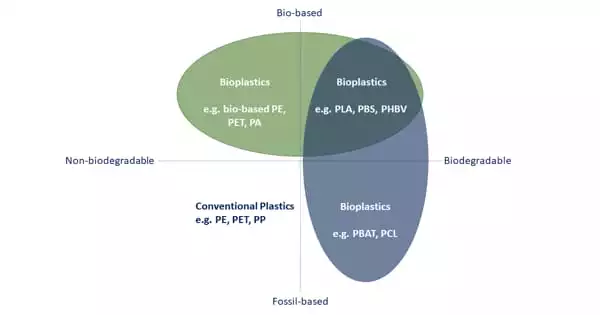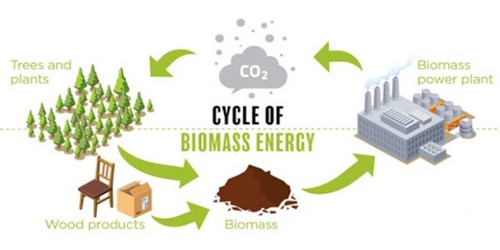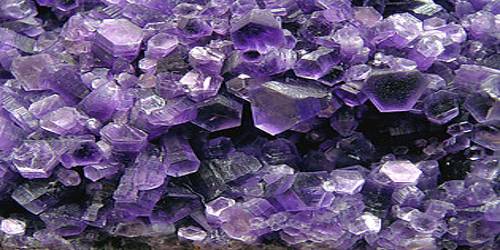Plastic waste can be extremely hazardous to the environment. Wouldn’t it be great if you could turn that plastic into fertilizer for your garden plants? Unfortunately, the vast majority of plastics cannot be broken down at home. However, if you have home-compostable plastic, you can add it to your compost and use it as fertilizer for your garden. We’ve compiled answers to some of your most pressing questions about converting this hazardous waste product into plant nutrition.
As recently demonstrated, bioplastics can be chemically recycled into nitrogen-rich fertilizers in an easy and environmentally friendly manner. Their findings pave the way for long-term circular systems that address issues like plastic pollution, petrochemical resource depletion, and global hunger.
Over the last century, plastics have taken the world by storm, with applications in almost every aspect of our lives. However, the rise of these synthetic polymers, which serve as the foundation for plastics, has contributed to a slew of serious environmental problems. The most serious of these is the excessive use of petrochemical compounds and the disposal of non-biodegradable materials without recycling; only 14% of all plastic waste is recycled, which barely makes a dent in the problem.
Bioplastics can be chemically recycled into nitrogen-rich fertilizers in an easy and environmentally friendly manner. These findings pave the way for long-term circular systems that address issues like plastic pollution, petrochemical resource depletion, and global hunger.
Professor Hideyuki Otsuka
To solve the plastic conundrum, we must create “circular” systems in which the raw materials used to make plastics are returned to the source after disposal and recycling. A team of scientists led by Assistant Professor Daisuke Aoki and Professor Hideyuki Otsuka at Tokyo Institute of Technology is pioneering a novel concept. Plastics made from biomass (bioplastics) are chemically recycled back into fertilizers in their new environmentally friendly process. This research will be published in Green Chemistry, a Royal Society of Chemistry journal devoted to innovative research on sustainable and eco-friendly technologies.
The group concentrated on poly (isosorbide carbonate/PIC), a bio-based polycarbonate that has received a lot of attention as an alternative to petroleum-based polycarbonates. As a monomer, PIC is made from isosorbide (ISB), a non-toxic material derived from glucose. The carbonate links that connect the ISB units can be severed using ammonia (NH3) in a process known as ‘ammonolysis.’ The process yields urea, a nitrogen-rich molecule commonly used as a fertilizer. While this chemical reaction was not a surprise to scientists, few studies on polymer degradation have focused on the potential applications of all degradation products rather than just the monomers.

First, the researchers looked into how well complete ammonolysis of PIC could be performed in water under mild conditions (30°C and atmospheric pressure). This decision was made to avoid the use of organic solvents and excessive amounts of energy. The team meticulously examined all of the reaction products using nuclear magnetic resonance spectroscopy, Fourier transforms infrared spectroscopy, and gel permeation chromatography.
Despite the fact that they were able to produce urea in this manner, the degradation of PIC was not complete even after 24 hours, with many ISB derivatives still present. As a result, the researchers increased the temperature and discovered that complete degradation could be accomplished in about six hours at 90°C! Dr. Aoki emphasizes the advantages of this approach “The reaction occurs without the use of a catalyst, demonstrating that ammonolysis of PIC can be easily accomplished with aqueous ammonia and heating. As a result, this procedure is both operationally simple and environmentally friendly in terms of chemical recycling.”
Finally, the team conducted plant growth experiments with Arabidopsis thaliana, a model organism, to demonstrate that all PIC degradation products can be used directly as fertilizer. Plants treated with all PIC degradation products grew better than plants treated only with urea.
This study’s overall findings demonstrate the viability of developing fertilizer-from-plastics systems. The systems can not only help combat pollution and resource depletion, but they can also help meet the world’s rising food demand. Dr. Aoki ends on a high note: “We are confident that our work will pave the way for the development of sustainable and recyclable polymer materials in the near future. The era of “bread from plastics” is rapidly approaching!”
















